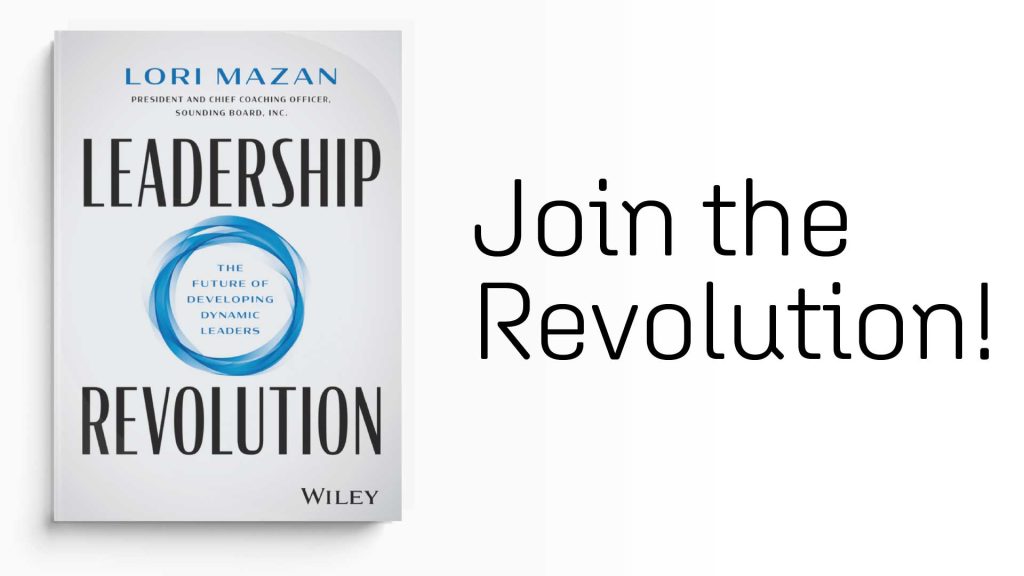In business, change is vital for growth, and how a company manages to change largely depends on several factors, including the nature of business, the people involved, and what needs to be changed. The latter needs to be determined and supported by the senior management for the entire organization to handle change well. If the management isn’t comfortable with the status quo, then it will be challenging to demonstrate why a change is necessary.
Kurt Lewin’s Change Management Model known as Unfreeze – Change – Refreeze sheds light on organizational change. Developed in the 1940s, this model has remained a cornerstone in explaining the organizational environments’ change processes. In its three stages, the model illustrates how a business can transition from a status quo to the desired state. He explained the organizational change analogy using the shape of a block of ice.
The Rationale Behind Lewin's Change Management Model
If you have an ice cube and wish to transform it into a different shape, what do you do? The first step is to melt it so it can be tweaked to change (unfreeze). Then you have to mold into the desired shape (change). Finally, you have to solidify it to that shape (refreeze).
Change management in an organization follows the same cycle. Where you first prepare for what you want to achieve and then focus on achieving it. You start by deciding what you want to change, how to achieve it, and the results you want to see.
Unfreezing, Changing, and Refreezing
Let’s take a look at how this model applies to organizational change and leadership development:
Unfreezing
The very first step for any business ready to change its status quo is to accept that change is inevitable. The primary goal of the unfreezing stage is for an organization to accept that change is necessary, and there is a need to come up with compelling reasons to support that. These reasons can include a decline in returns, reduced employee productivity, frequent cases of burnout, and a high employee turnover rate.
This is normally the hardest part, as you may invoke all kinds of reactions when explaining why a change is necessary. More specifically, you need to be prepared to ensure those comfortable with the status quo are ready to buy into your idea. This may be the right time to engage a consultant who can provide an independent perspective without any fear.
Changing
Once convinced a change is necessary, the next thing is to look for ways to actualize those changes. This involves looking for new ways to do things and how to support them to remain on the right track. Some of the core things you need to implement in the changing stage include:
- Communicate often: Explain how the change will affect everyone, the benefits it will bring, and how they need to prepare for what is coming.
- Dispel rumors: Misinformation is a great enemy of progress, and you need to be prepared to tackle any rumor that arises. Answering questions and dealing with problems as soon as they pop can go a long way in dispelling any rumors likely to hurt your progress.
- Empower your employees: Some employees will be slow to adapt to the new direction, and one way of ensuring they recognize the benefits a change brings is to support them in the process. This is also another great time for HR managers to leverage the services of business consulting.
Transitioning from unfreeze to the change stage requires excellent leadership and constant sharing of information to sustain the change. This is important to ensure this stage is a success. Otherwise, it may be short-lived, failing to meet its goals. The Change Curve model can be very helpful here in helping you understand how different people respond to change. Notably, its application can help you put up with everyone involved.
Refreeze
Your organization is ready to refreeze when people have embraced the new change. Some of the signs that people involved have accepted the new state as the new status quo include:
- Stable organizational chart.
- No longer resisting any improvement.
- Their strategies, activities, and norms have transformed as per the new state.
Ensuring your organization gets to the refreeze stage is a big step, but still, there is more to be achieved to ensure all you have done doesn’t go down the drain. Don’t be quick to assume they have fully internalized the changes and are happy with the new way of working. You need to make sure everyone feels confident and comfortable about it. Some of the things you can do to attain that include:
- Ensure all the changes are implemented all the time.
- Offer training: Transitioning to a new way of working requires new techniques, skills, and support systems. Determine ways of ensuring all employees have the right skills and information to remain competitive. There are several ways of achieving this, including hiring a business consultant and enrolling them in online programs.
- Come up with creative ways of supporting the new norm: For example, establishing a feedback process.
- Celebrate success: It doesn’t have to be a big party. Even a small one can help your employees find closure and underpin the motivation that will carry them through the upcoming achievements.
The Bottom Line
Lewin’s 3 Stage Model of Change remains one of the key references for change management despite criticism from some. Its flexibility in providing clear directions to change management explains why it has stood the test of time. Moreover, it provides a straightforward way of supporting communication and empowering everyone to adapt to the new status quo. Use it today to manage the changes your organization needs to move to the next level —and if you need a helping hand in the process, don’t forget to turn to business coaching.
Sounding Board is a leader in providing exceptional leadership coaching according to a company’s specific needs. We will ensure you receive the right level of support when transitioning to a new way of working. For more information on how Sounding Board can support your company, click here.











